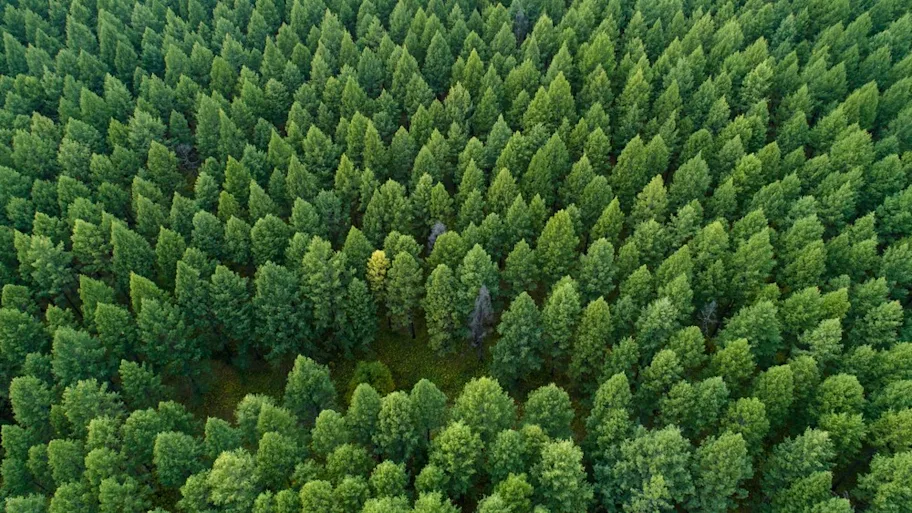
- Science News
- Environment
- Floodplain forests under threat
Floodplain forests under threat

A floodplain forest dominated by oaks. Credit: Albert Reif.
— by University of Freiberg, Germany
A team from the Institute of Forest Sciences at the University of Freiburg shows that the extraction of groundwater for industry and households is increasingly damaging floodplain forests in Europe given the increasing intensity and length of drought periods in the summer. The scientists have published their results in the journal Frontiers in Forests and Global Change.
Floodplain forests dominated by oaks are among the most at risk in Europe. Through conversion to arable land and pastures, as well as settlements, they have lost most of their original distribution. River regulation and drainage have also changed the natural hydrologic balance. The introduction of pests and diseases decimates native tree species such as elm and ash. At the same time, these forests play an important part in the control of flooding and protection of biodiversity.
Groundwater Extraction in Floodplain Forests Reduces Radial Growth and Increases Summer Drought Sensitivity of Pedunculate Oak Trees (Quercus robur L.)► Read original article► Download original article (pdf)
The root of the study by the Freiburg team was the observation that the vitality of old trees in the oak forests of the Rhine valley had significantly declined, and their mortality appeared to have markedly increased. Forest ecologist Prof. Dr. Jürgen Bauhus‘ work group then investigated whether these trends could also be discerned from the growth patterns of trees and whether they were connected with the widespread extraction of ground water for industry and households. Pumping water can reduce the groundwater level so far that even deep-rooted oaks cannot reach it.
So the forestry scientists studied the annual growth rings of young and old trees at locations with and without noticeable extraction of ground water, in three forests of English oak in the Rhine valley, between the Freiburg Mooswald and the Hessisches Ried near Lampertheim. Their analysis of the statistical connections between the width of growth rings and climate data shows that the annual stem growth of oaks is negatively affected by summer drought.
At locations with lowering of the groundwater, the sensitivity of oak growth to the summer droughts increased markedly since the start of groundwater extraction, which started 49 years ago or earlier at the different study sites. In contrast, the sensitivity of the annual ring growth remained relatively stable over time in oaks at sites without groundwater extraction.
Related: What is the state of the world’s forests?
Another difference between locations with and without extraction of ground water, according to Georgios Skiadaresis, PhD student and lead author of the study, is: “Oaks with contact to groundwater can recover better in phases of favorable weather conditions, as can be seen from greater annual ring growth. But this is far less the case for oaks without contact to groundwater.” The researchers’ hypothesis that young oaks are less affected by the lowering of the groundwater, because their root system could be more adaptable than that of old oaks, was not confirmed.
The results of the study clearly show that the extraction of ground water below oak floodplain forests will worsen the negative effects of climate change. The authors indicate that adaptive strategies in other sectors, such as irrigation by agriculture, should not take place at the expense of the health of these forests. They recommend reducing rather than increasing the extraction of ground water from floodplain forests, to maintain the vitality of the trees in these ecosystems in the long term.
Original article: Groundwater Extraction in Floodplain Forests Reduces Radial Growth and Increases Summer Drought Sensitivity of Pedunculate Oak Trees (Quercus robur L.)
REPUBLISHING GUIDELINES: Open access and sharing research is part of Frontiers’ mission. Unless otherwise noted, you can republish articles posted in the Frontiers news blog — as long as you include a link back to the original research. Selling the articles is not allowed.






